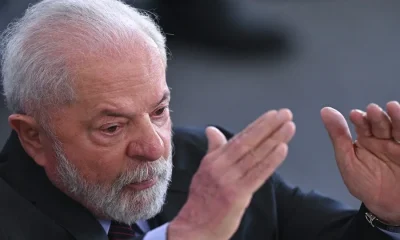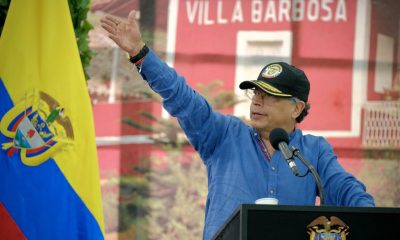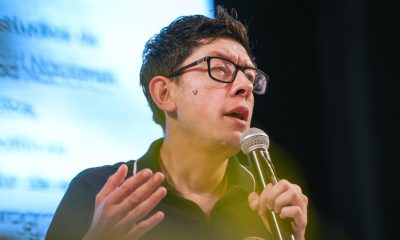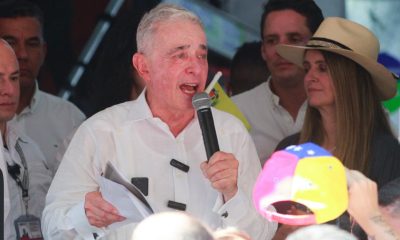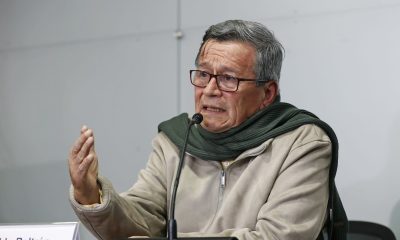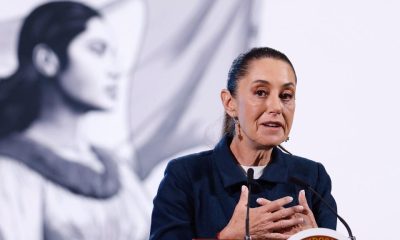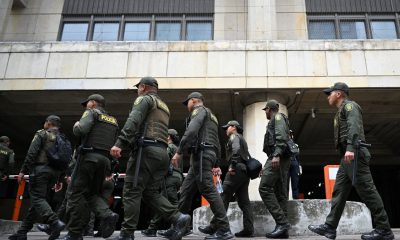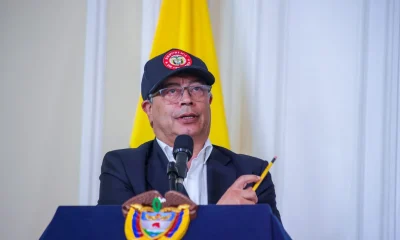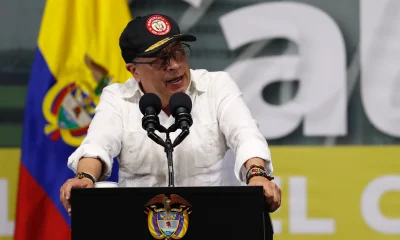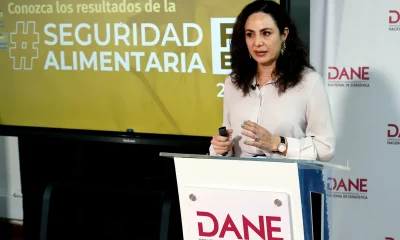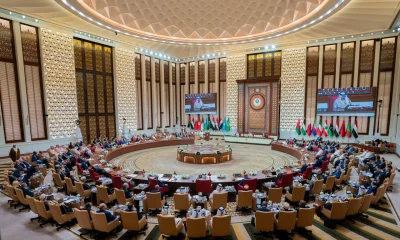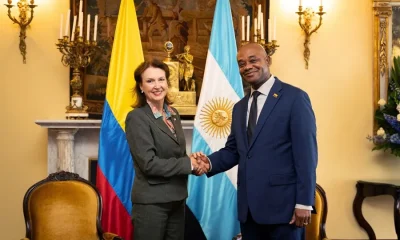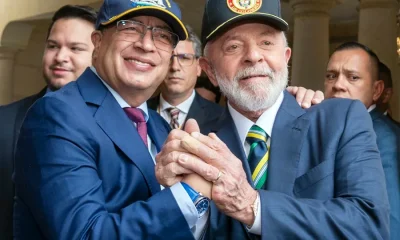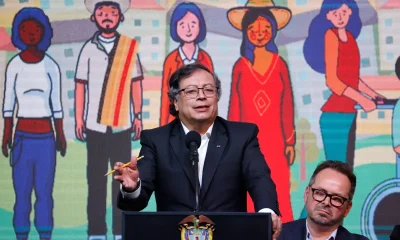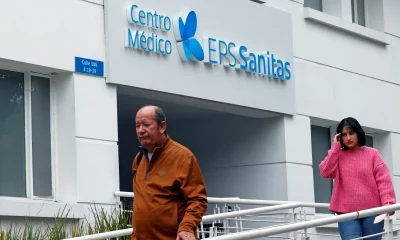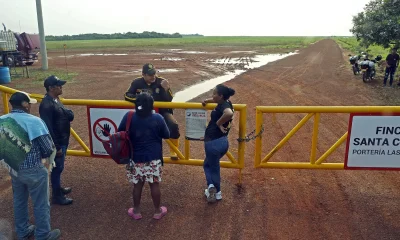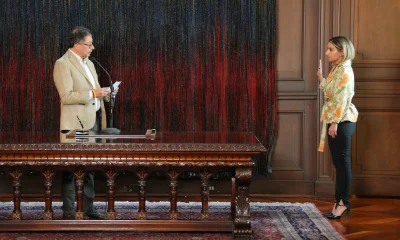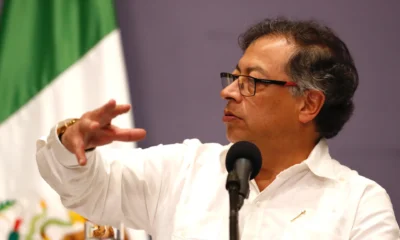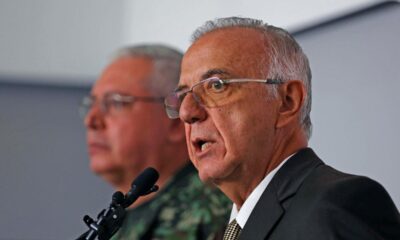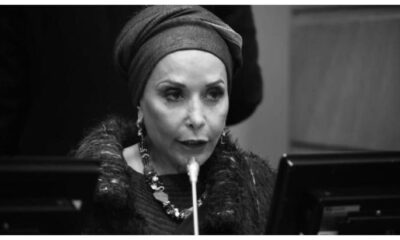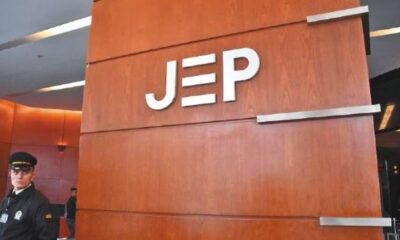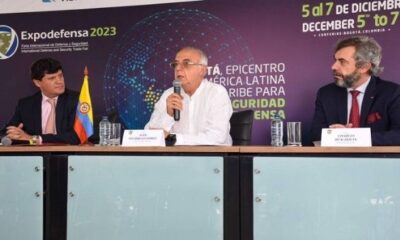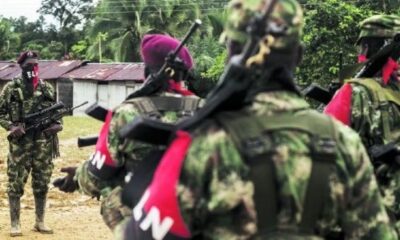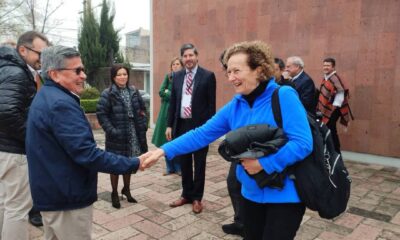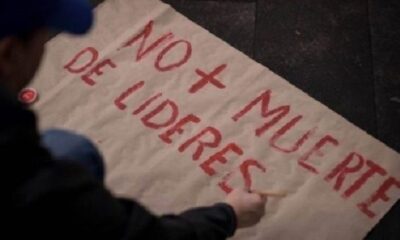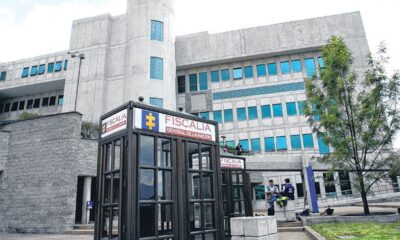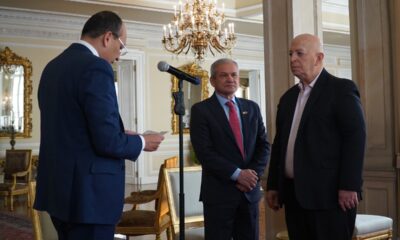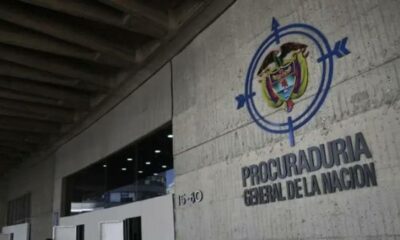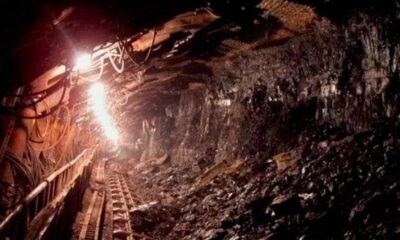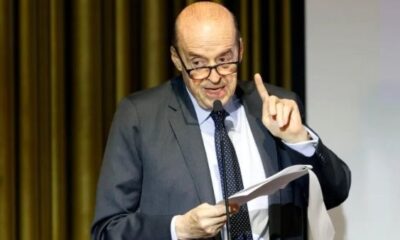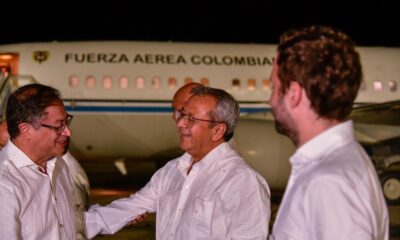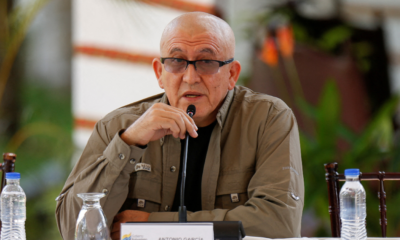International
Colombia government weakened by ‘truce’ mishap: analysts
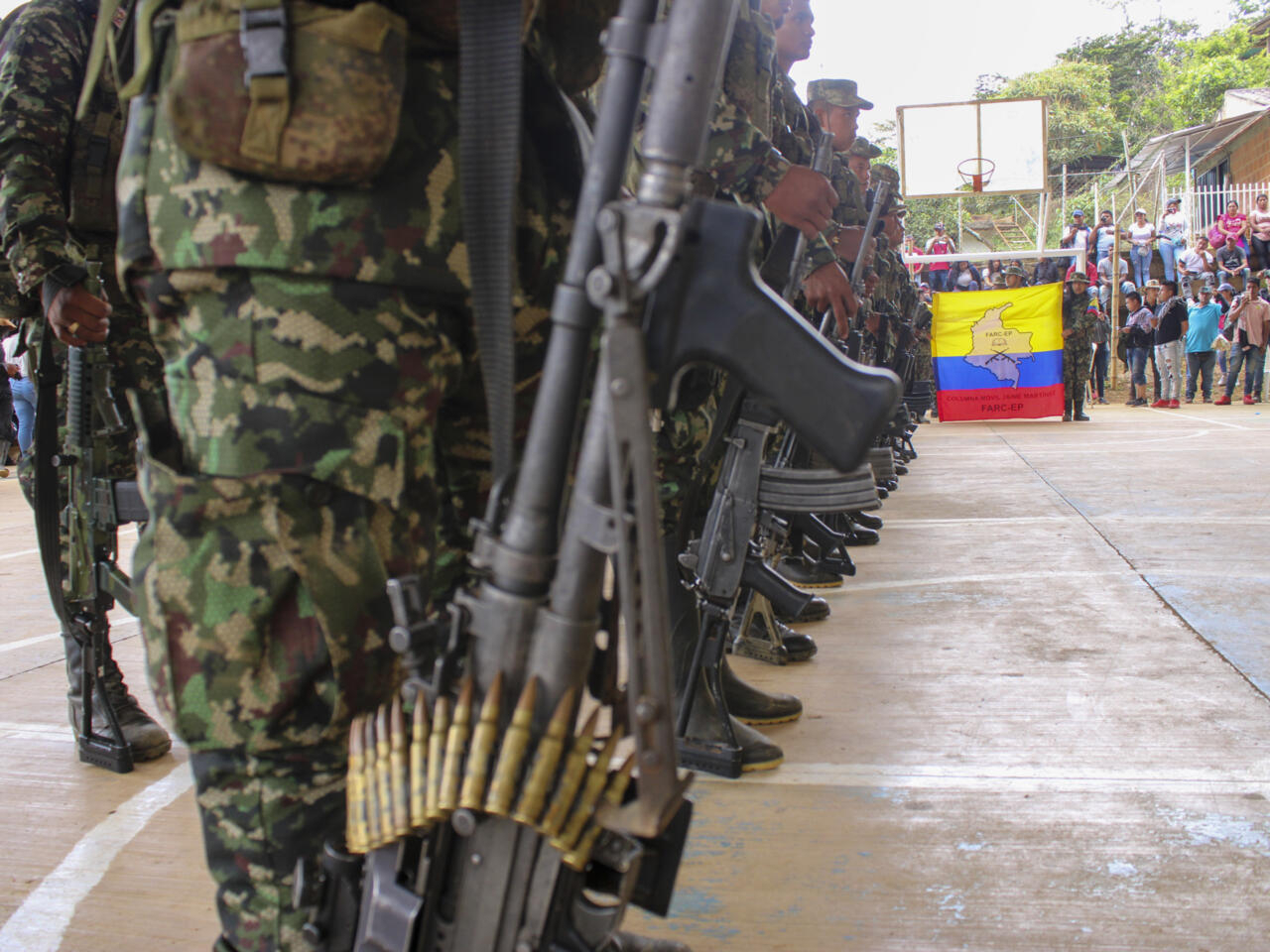
January 6th | By AFP |
In announcing a “bilateral” ceasefire before it existed, Colombian President Gustavo Petro may have weakened his government in ongoing peace talks with armed groups, experts say.
Petro’s New Year’s Eve declaration was hailed by the United Nations and others as a step towards the “total peace” Colombia’s first-ever leftist president has vowed to bring to the country.
But the ELN guerrilla group poured cold water all over Petro’s declaration just three days later, denying the group had entered into any such deal, and the government conceded that nothing was signed.
Whether a calculated ploy to pile pressure on the ELN or mere miscommunication, Petro’s move was a “mistake” that harmed “the legitimacy of the peace negotiations,” conflict expert Laura Barrios of Rosario University told AFP.
“The biggest challenge here will be how the government will regain the trust of the ELN,” she said.
For analyst Felipe Botero of the University of The Andes in Bogota, the events “revealed inexperience and political clumsiness.”
It was a “setback for the government,” said Botero, but would not necessarily compromise the talks themselves.
‘Renewed hope’
On December 31, Petro announced that a ceasefire had been agreed with the country’s five largest armed groups, including the National Liberation Army (ELN), from January 1 to June 30.
The government subsequently said the ceasefire would be monitored by the United Nations, Colombia’s human rights ombudsman and the Catholic Church.
UN Secretary General Antonio Guterres said the supposed deal brought “renewed hope for comprehensive peace to the Colombian people as the New Year dawns.”
But then on Tuesday, the ELN said it had “not discussed any bilateral ceasefire with the Gustavo Petro government, therefore no such agreement exists.”
The group added that “a unilateral government decree cannot be accepted as an agreement.”
This prompted the government to concede Tuesday that a proposed ceasefire decree had not been signed, and the following day to announce a suspension of a truce that never existed in the first place.
Petro, an active social media user, has been quiet in recent days.
‘More expensive’
Both the government and ELN have said the question of a ceasefire will be raised again in Mexico when talks resume later this month.
Negotiations between the government and the ELN, the country’s last recognized rebel group, have been underway since November.
A first round of peace talks since Petro came to power in August concluded in Caracas, Venezuela on December 12 without a truce being agreed.
The ELN has already accused Petro of acting just like former “traditional governments” with which previous attempts at peace negotiations had failed.
Political commentator Andres Mejia Vergnaud said a ceasefire agreement has just become “more expensive.”
“The government needs it a lot more, and the other side will get more in return,” he said.
Petro’s announcement had also included two dissident splinter factions of the disbanded FARC guerrilla group, the Gulf Clan narcotics outfit and the Self-Defense Forces of the Sierra Nevada, a right-wing paramilitary group.
The ELN, which has an estimated 3,500 members, is the only group to have refuted the existence of a truce, though the others will be watching closely what happens next.
“We can imagine a scenario in which these actors say ‘look at what they’ve done with the ELN, we’d better take a break,’” in negotiations, said Barrios.
‘Lies’
Colombia’s right-wing opposition, still reeling from electoral defeat last year, has meanwhile jumped on Petro’s apparent misstep.
Petro’s “lies put Colombians in danger,” charged Senator Miguel Uribe of the Democratic Center party.
For his part, defeated conservative presidential candidate Federico “Fico” Gutierrez said Petro’s announcement of something that was “not true” was a blow for security in a country in the grip of decades of violence.
“The most serious aspect of this is that the government has manacled the security forces and the civilian population is defenseless,” tweeted Gutierrez. “This is delivering the country to criminal groups.”
For Leon Valencia, director of the Peace and Reconciliation Foundation think tank, the apparent blunder has given the opposition a “huge” opening for hammering the executive.
“The opposition can say with reason that ‘these people are very disorganized, they are not on the same page,’ and that harms the image of the government,” he said.
International
Rubio rules out 2028 presidential bid if Vance runs
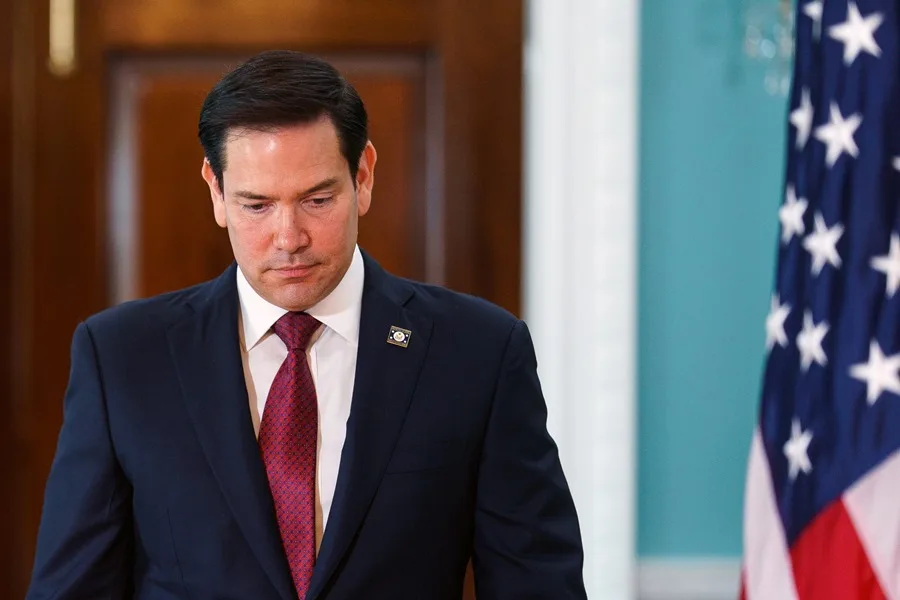
U.S. Secretary of State Marco Rubio said he would not seek the presidency in 2028 if current Vice President JD Vancedecides to run as the Republican nominee to succeed President Donald Trump.
“If JD Vance runs for president, he will be our candidate, and I will be one of the first people to support him,” Rubio said in an interview with Vanity Fair, in which he appeared alongside other senior members of the presidential cabinet.
Rubio, 54, and Vance, 41, are widely viewed as two of the leading Republican figures who could headline the party’s ticket in the 2028 election. Under the U.S. Constitution, Trump is barred from seeking another term after completing two presidential mandates.
In a lighthearted moment during the interview, Vance jokingly offered photographers $1,000 if they managed to make him look better than Rubio in the photos. Both leaders have received public backing from Trump, who last October floated the idea of a joint ticket featuring Rubio and Vance, without clarifying who would lead it.
“I think that if they ever teamed up, they would be unstoppable. I don’t think anyone would run against us,” Trump said at the time.
White House Chief of Staff Susie Wiles, who also took part in the interview, confirmed that Trump does not intend to violate the 22nd Amendment, which prohibits a third presidential term, though she acknowledged that the president is “having fun” with speculation about a possible return to office.
Rubio, the son of Cuban immigrants, served as a Republican senator from 2010 to 2025. He sought the party’s presidential nomination in 2016 but was defeated by Trump after a bruising primary contest. His name was floated as a potential vice presidential pick in 2024, but Vance ultimately secured the spot. After taking office, Trump appointed Rubio as secretary of state, making him the first Latino to hold the position.
International
Authorities search for armed and dangerous suspect in fatal Brown University attack
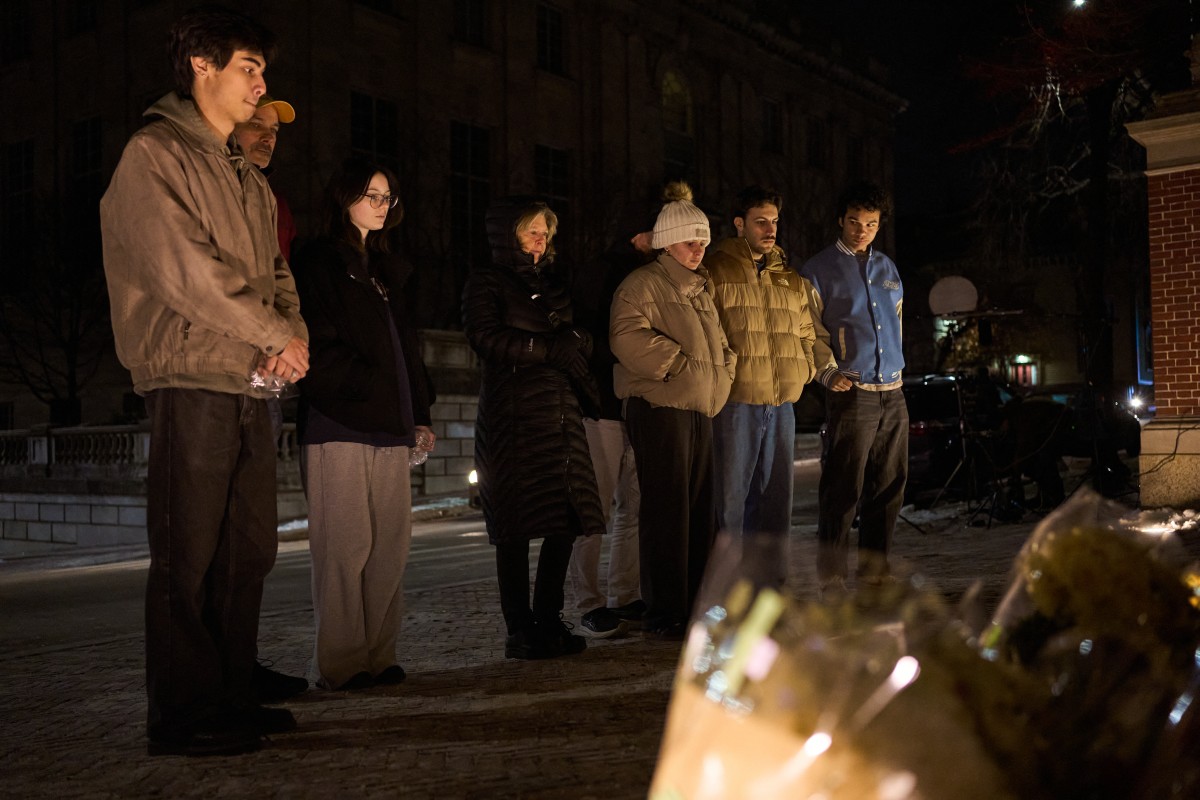
According to the statement, investigators are “seeking the public’s help to identify and speak with an individual” who was seen “near” the suspect at the time of the attack.
The Providence Police Department in Rhode Island released three photos of the person of interest, whose face has been blurred. In the images, the individual is wearing navy blue clothing, what appears to be a green hood, and carrying a light-colored backpack.
Earlier, authorities had released several photos and videos of a suspect described as “approximately 5 feet 8 inches tall, with a stocky build,” dressed in dark clothing, with their face covered by a surgical mask and wearing a beanie. The suspect’s identity remains unknown.
Authorities are offering a $50,000 reward for any information leading to the identification, arrest, and conviction of the person responsible for the killings, who is considered armed and dangerous.
The gunman opened fire on Saturday at Brown University’s engineering and physics building, where exams were being held, killing students Ella Cook and Mukhammad Aziz Umurzokov. The names of the nine people injured have not been released.
International
Police investigate deaths of Rob Reiner and wife as apparent homicide

The Los Angeles Police Department (LAPD) is investigating the deaths of Hollywood actor and filmmaker Rob Reinerand his wife as an “apparent homicide,” amid a wave of tributes to the director of classics such as When Harry Met Sally.
According to U.S. media reports on Sunday, Rob Reiner and Michele Singer Reiner were found dead at their Los Angeles mansion with what appeared to be stab wounds.
Several political figures shared messages of condolence following the reported deaths of the director of A Few Good Menand his wife.
While the LAPD did not officially confirm the identities of the victims, it stated that homicide detectives were dispatched to the Reiner residence.
“At this time, no additional details are available and the investigation into an apparent homicide is ongoing,” the Los Angeles Police Department said in a statement posted on social media.
LAPD Deputy Chief Alan Hamilton told reporters that no arrests have been made and that no individuals are currently being questioned as suspects.
“I’m not going to confirm whether anyone is being questioned at this moment or not. We are going to try to speak with as many family members as we can,” Hamilton said.
CNN reported that a family spokesperson confirmed the deaths of Reiner and his wife.
California Governor Gavin Newsom, former U.S. President Barack Obama, and former Vice President Kamala Harrisissued statements expressing their condolences.
-

 Central America4 days ago
Central America4 days agoPanama seizes over three tons of drugs hidden in Caribbean port container
-

 International4 days ago
International4 days agoPolice investigate deaths of Rob Reiner and wife as apparent homicide
-

 Central America4 days ago
Central America4 days agoOAS urges swift recount in Honduras as election results remain uncertain
-
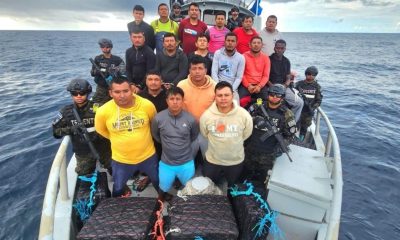
 Central America3 days ago
Central America3 days agoEl Salvador ranks among top countries in the Americas in fight against organized crime
-
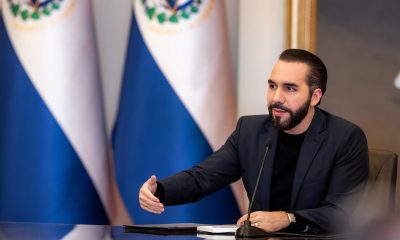
 Central America3 days ago
Central America3 days agoBukele says AI partnership with xAI will transform public education in El Salvador
-
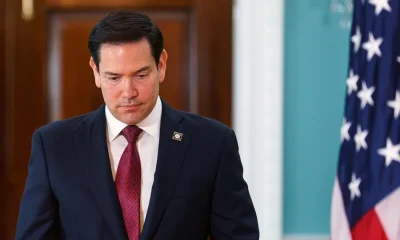
 International2 days ago
International2 days agoRubio rules out 2028 presidential bid if Vance runs
-

 Central America2 days ago
Central America2 days agoArrests and clashes in Tegucigalpa as vote count continues after Honduras election
-
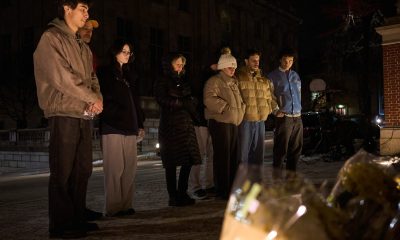
 International2 days ago
International2 days agoAuthorities search for armed and dangerous suspect in fatal Brown University attack



























